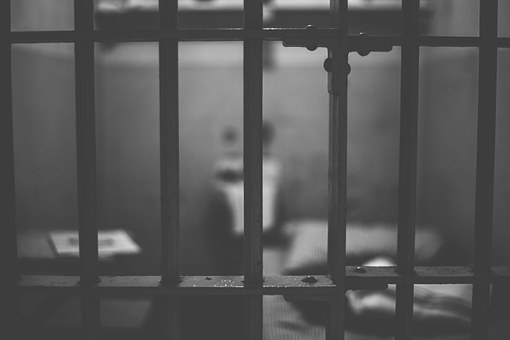Review recommends changes to prison visiting committees

A report has recommended changes to legislation and practices underpinning the work of prison visiting committees (PVCs).
The 42-page report published today follows a public and stakeholder consultation and fulfils a government commitment to review the existing functions, powers, appointment procedures, and reporting processes of PVCs.
The function of PVCs is to visit the prison they are appointed to at frequent intervals and to hear any complaints which may be made to them by any prisoner. The committees report to the minister for justice any abuses observed or found by them in the prison and any repairs which they think may be urgently needed.
The report provides 22 legislative recommendations and 27 non-legislative recommendations, the majority of which are focused on the structure, membership and appointment process of the committees.
The government said the completion of the review will allow for the reform of PVCs “in line with today’s rehabilitation-focussed practices”.
Reform of the legislation underpinning PVCs will be advanced alongside legislation to achieve compliance with the Optional Protocol to the UN Convention against Torture (OPCAT) which the State signed in 2007.
Simon Harris, the justice minister, said: “Prison visiting committees have played an important role in the oversight of our State’s prisons by reporting to the minister for justice on issues of quality of accommodation, catering, medical, educational, welfare and recreational facilities for prisoners since their first establishment in 1925.
“As this report makes clear, committees represent personalised pastoral care which is important to the wellbeing and rehabilitation of prisoners, and the committees do that with great diligence and commitment.
“Taken together these recommendations will modernise practices and support the functioning of committees and their membership, which should in turn lead to better outcomes for prisoners in terms of rehabilitation and reintegration, ultimately improving public safety through the reduction of reoffending.”







